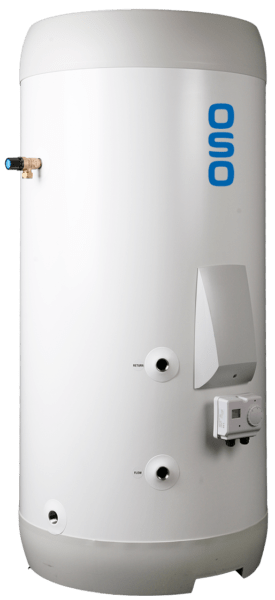I am considering using a custom built heat pump cylinder with a dual coil setup to maximize the heat transfer from Heat Pump to the DHW Cylinder. Ideally you want to run a heat pump at as low a flow temperature as possible to maximize the SCOP. Therefore having a custom cylinder with 6m2 of coil vs the standard 3m2 for most heat pump cylinders would allow for much lower temperatures and a lower flow rate therefore optimizing's the energy transfer.
I have had a few companies provide a quote for this type of cylinder but I would like to calculate the return of investment to see if it is financially viable over a 5-10 year period.
The tank with the 28mm, 6m2 coil is double the price of the 28mm, 3m2 coil so I am not sure it is worth it...
I look forward to hearing from anyone who might be able to help?
I have had a few companies provide a quote for this type of cylinder but I would like to calculate the return of investment to see if it is financially viable over a 5-10 year period.
The tank with the 28mm, 6m2 coil is double the price of the 28mm, 3m2 coil so I am not sure it is worth it...
I look forward to hearing from anyone who might be able to help?
Last edited:




